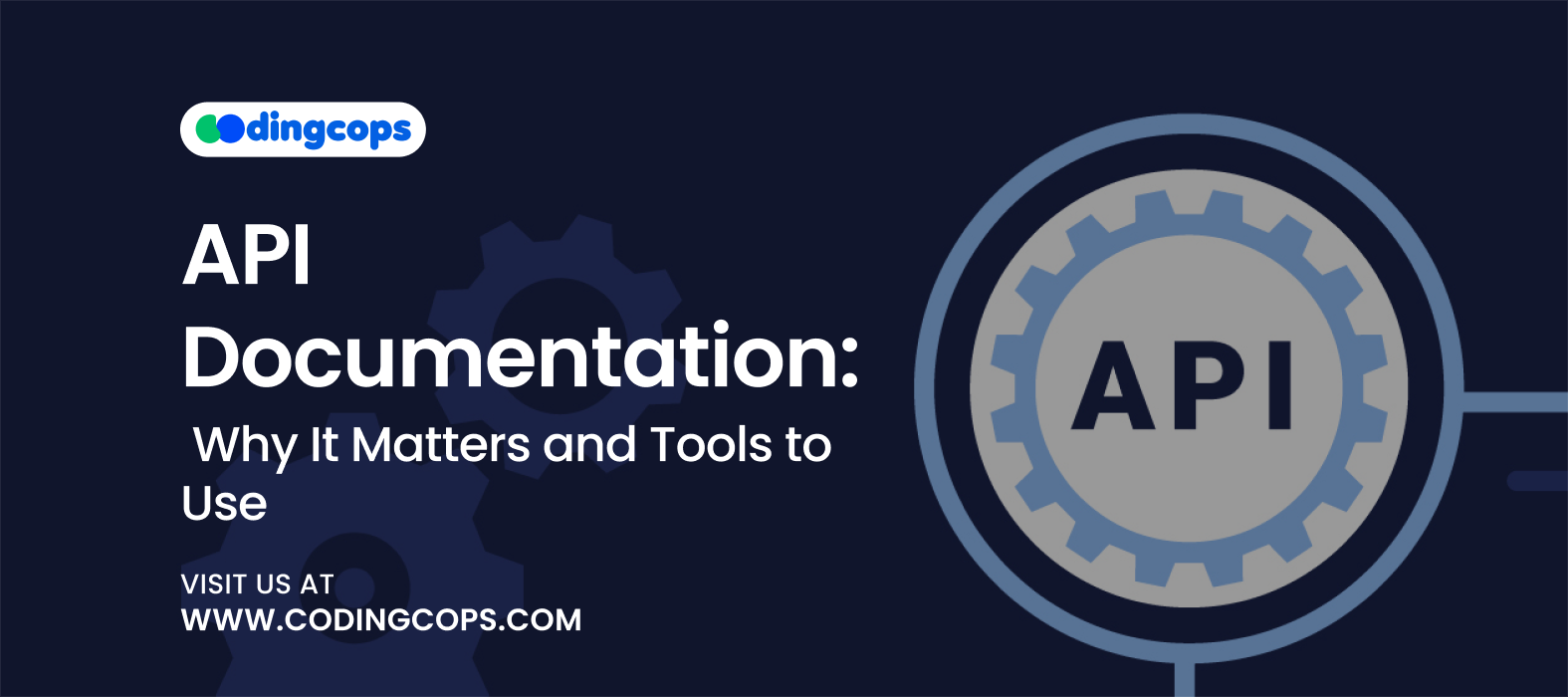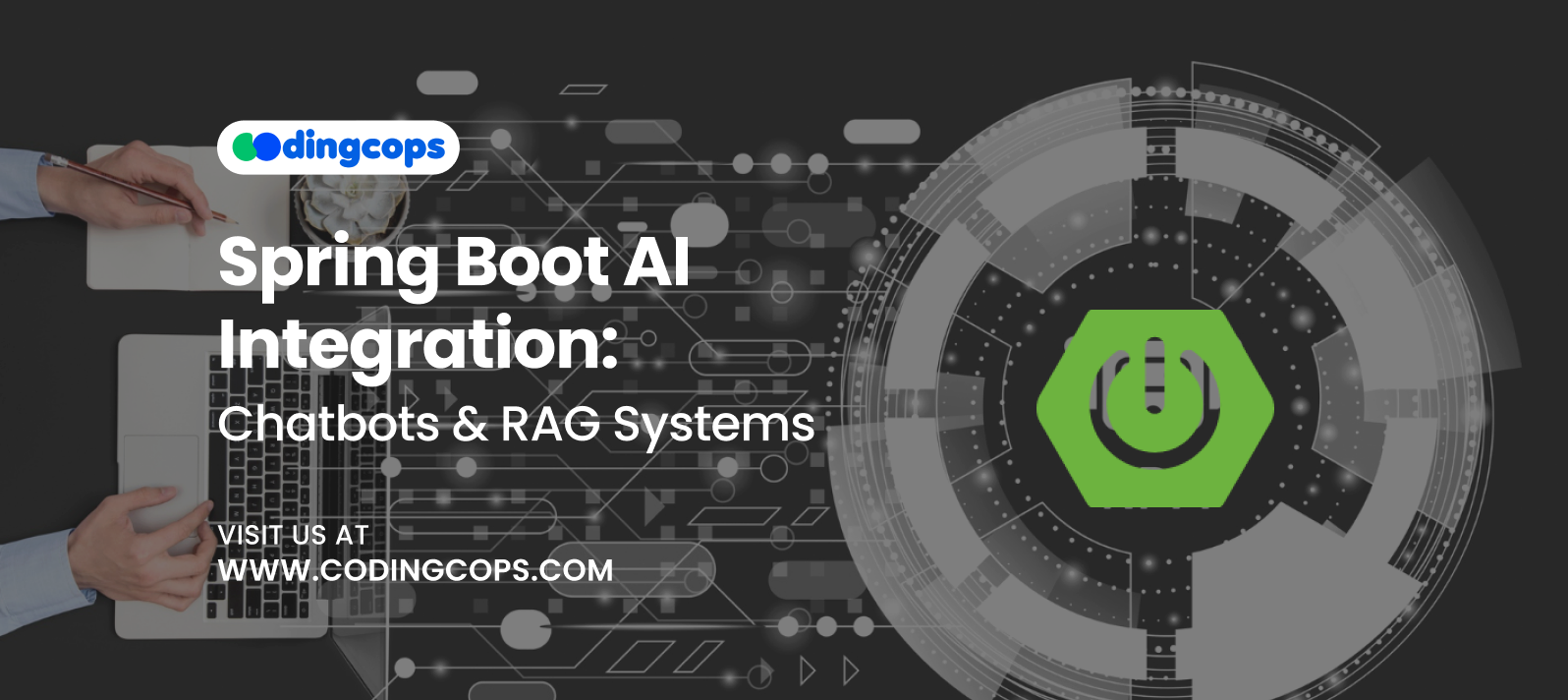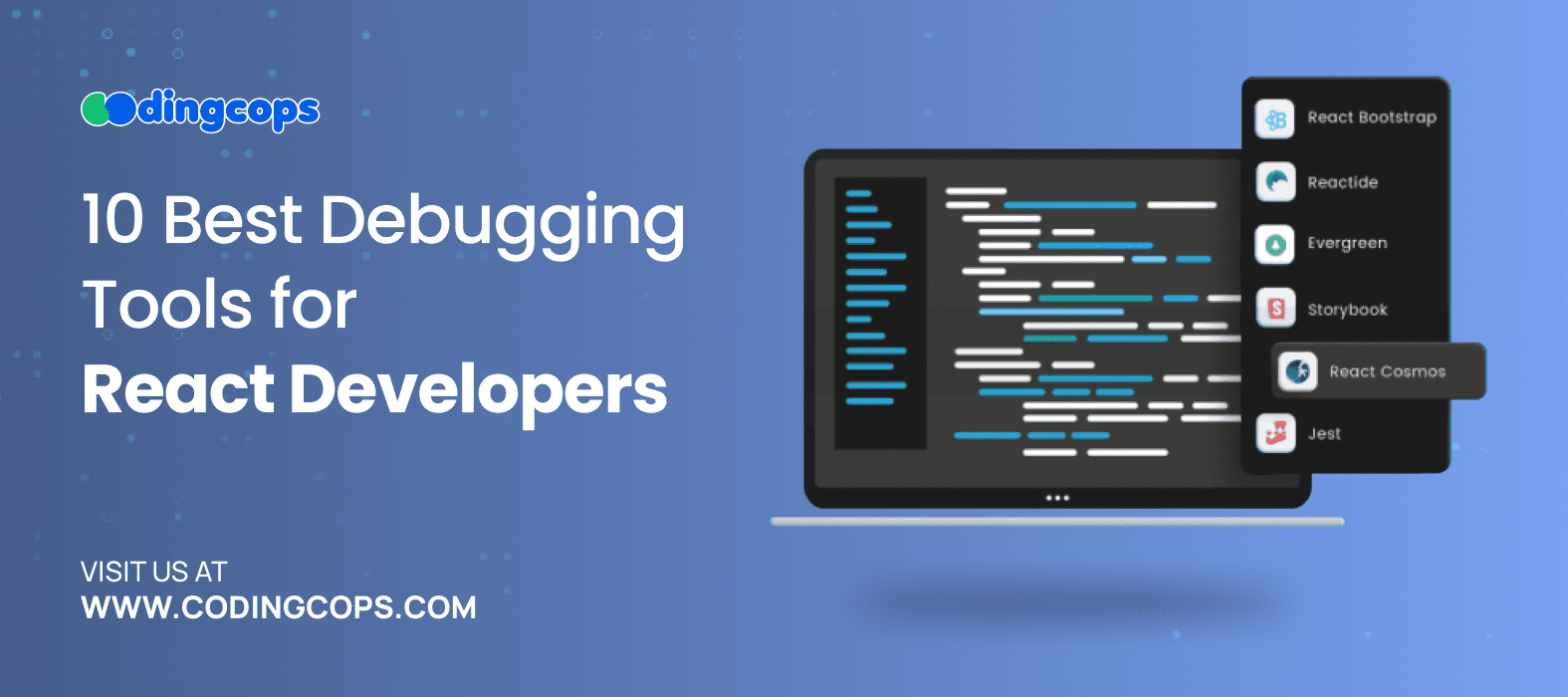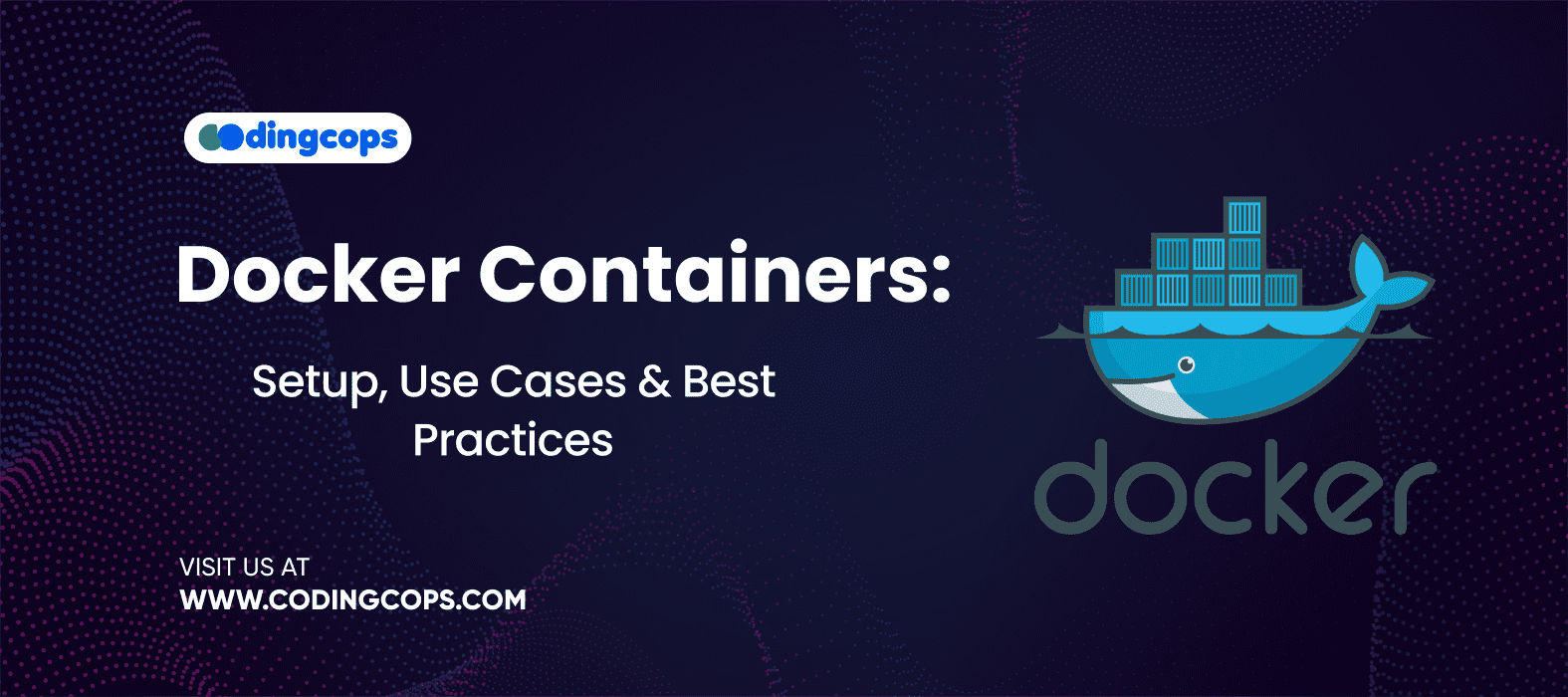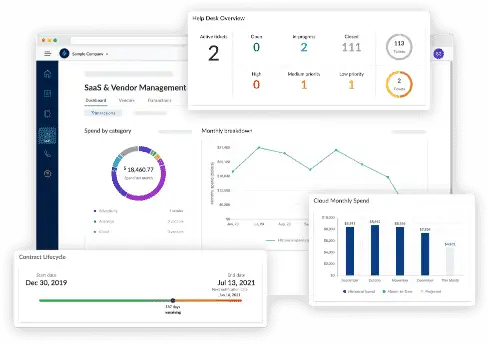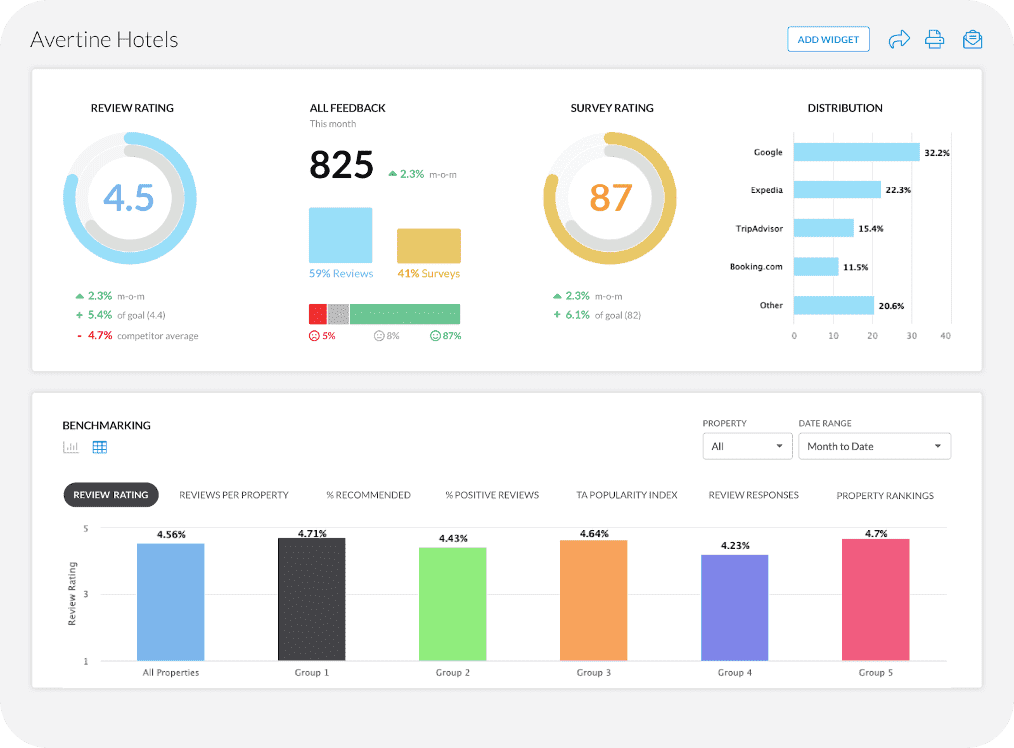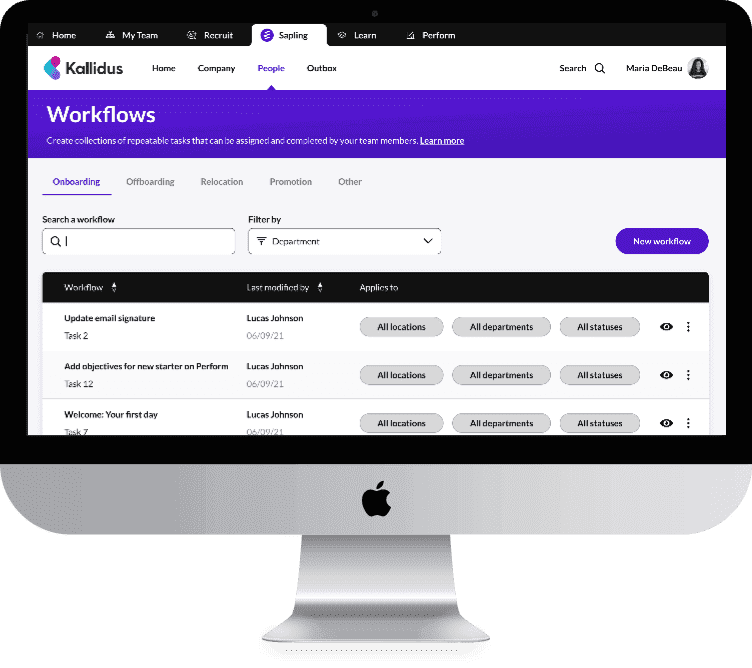Without a question, APIs are now essential to modern software applications. Even the most dependable APIs, however, can turn into a nightmare for developers and companies alike in the absence of adequate documentation. Hence, API documentation can unlock the potential of an API by making it accessible and usable.
Moreover, even companies like Microsoft and Slack use API documentation to keep track of changes and build a technical knowledge base.
So, in this guide, we will explore what API documentation is and why it’s important. Moreover, we will also look at which tools you can use to create and manage it efficiently.
API Documentation: What is it?
API documentation is a detailed guide that explains how to effectively use and integrate with an API. Furthermore, it serves as the communication bridge between an API provider and developers. Similar to a software or hardware user manual, API documentation offers the steps and instructions required to make successful API calls. Therefore, even the most potent API might become unclear and unusable without adequate documentation. Hence, this can lead to poor integration.
A concise and intelligible overview is the foundation of effective API documentation. The main features and use cases of the API are described in this section. Sometimes, a Getting Started section is also given to assist developers in setting up their environment fast. This entails actions like installing SDKs and creating API keys. Therefore, assisting users in making their first successful API request as quickly as possible is the aim.
How to Write Effective API Documentation?
Know Your Users
Knowing who will use your API is crucial before you start coding. Your target audience should be the focus of your language and the amount of information. This will guarantee that the API experts you hire can comprehend the documentation with ease. Furthermore, experienced coders may find technical language appropriate. Step-by-step instructions and more straightforward explanations, however, might be helpful for beginners.
Have A Clear Structure
An effective API documentation follows a logical structure that makes it easy to understand. Therefore, you should start with a brief introduction section that describes how to begin. Next, you should move into authentication instructions and follow them with a detailed endpoint reference. Moreover, you can include code examples and error handling guidelines. Also, you can include any other relevant sections, such as changelogs or SDK links.
Here’s an example of Paystack’s documentation. It has a well structured interface, and each API endpoint is explained through clear instructions and detailed JSON responses.
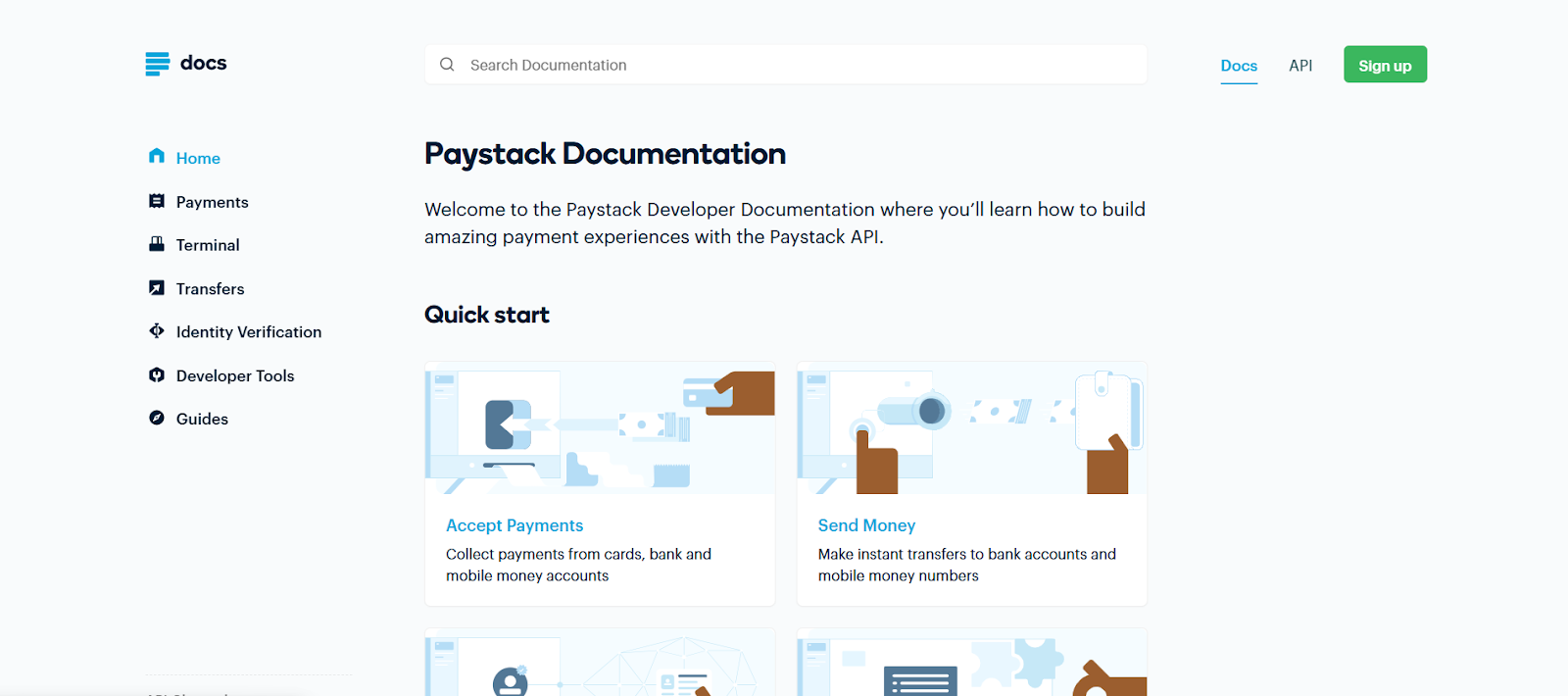
Consistent Formating
If your documentation has inconsistencies, then it can confuse users. So, you should use a consistent style when naming endpoints and response formats. Don’t change the user ID from user_id to userid in different sections. Additionally, you should continue to use the same tone throughout the content. You can also follow established style guides like Google’s developer documentation style guide to maintain uniformity.
Include Examples
Code examples are often the most used and appreciated part of any API documentation. Moreover, they showcase the real world application of your API and remove ambiguity from endpoint descriptions. If possible, provide code samples in multiple programming languages. For instance, your Python developers can quickly implement any machine learning APIs if they have proper code examples.
Document Errors and Edge Cases
Effective documentation doesn’t just show what happens when everything works, it also prepares users for when things go wrong. Therefore, make sure to list all possible HTTP status code along with detailed explanations. You can also describe common pitfalls like invalid authentication or unsupported request formats.
Update Documentation Alongside the API
It is worse to have outdated documentation than none at all. So, you should always treat your documentation with extreme care and update it whenever you make any changes to your API. So, every time you release a new feature or change a parameter, the documentation must reflect this change.
Use Visual Aid
You can use visual flowcharts and sequence illustrations to make complex concepts easier to grasp. For example, a diagram of the OAuth 2.0 token exchange process can help developers understand the multi-step flow. Moreover, tables are also helpful for summarizing supported parameters and default values in a compact format.
Provide Search Tools
The best documentation is easy to search and browse. Moreover, if your documentation is online, you can include a search bar so developers can quickly find what they need. Furthermore, you can also implement a sticky or a collapsible navigation sidebar with nested sections for easy access to all content.
Gather Feedback and Iterate
You should invite feedback from your developer community and internal users. Furthermore, you can use feedback forms or GitHub issues to collect input. Moreover, pay attention to recurring questions or support tickets that often signal a gap in the documentation that needs attention.
Why Does API Documentation Important?
Expedite Developer Onboarding
API documentation is important in helping developers get started quickly. Whenever it’s a new hire at your company or an external partner integrating your API, a well-structured documentation acts as a self-serve onboarding tool. Moreover, it can reduce the time spent in meetings or support channels by providing everything developers need this including setup instructions and authentication methods.
Reduces Support Burden
Poorly documented APIs almost always result in a flood of support tickets and emails. That can be a burden on your support team and a bottleneck for your users. On the other hand, high quality API documentation allows developers to solve problems on their own.
Enhances Developer Experience
Documentation is a major component of the developer experience. Therefore, developers should be able to understand your API’s purpose and test it quickly. Clear expectations and interactive tools all contribute to a positive experience.
Prevents Costly Integration Errors
Inaccurate or ambiguous information can lead to inaccurate implementations and even security vulnerabilities. For example, if documentation doesn’t explain rate limits, a client can send too many requests and get blocked. Hence, by clearly documenting required headers and expected data type, you help ensure accurate and secure integrations.
Supports Agile Development
In agile and microservices driven environments, APIs are often the glue that connects multiple teams and platforms together. Therefore, quality demonstration allows different teams to collaborate asynchronously.
Facilitates Internal Efficiency
Even within your own organization, good API documentation pays dividends. Developers can easily revisit older APIs and maintain consistency across services. Also, when APIs are thoroughly documented, it becomes easier to update them. Furthermore, developers can efficiently refactor endpoints and ensure compatibility between systems.
Important for Compliance and Maintenance
As businesses grow, APIs may need to adhere to compliance standards. Therefore, documentation helps support these efforts by providing a transparent record of how data is accessed and protected. Moreover, it also helps in future maintenance.
Top 10 Tools for API Documentation
Postman
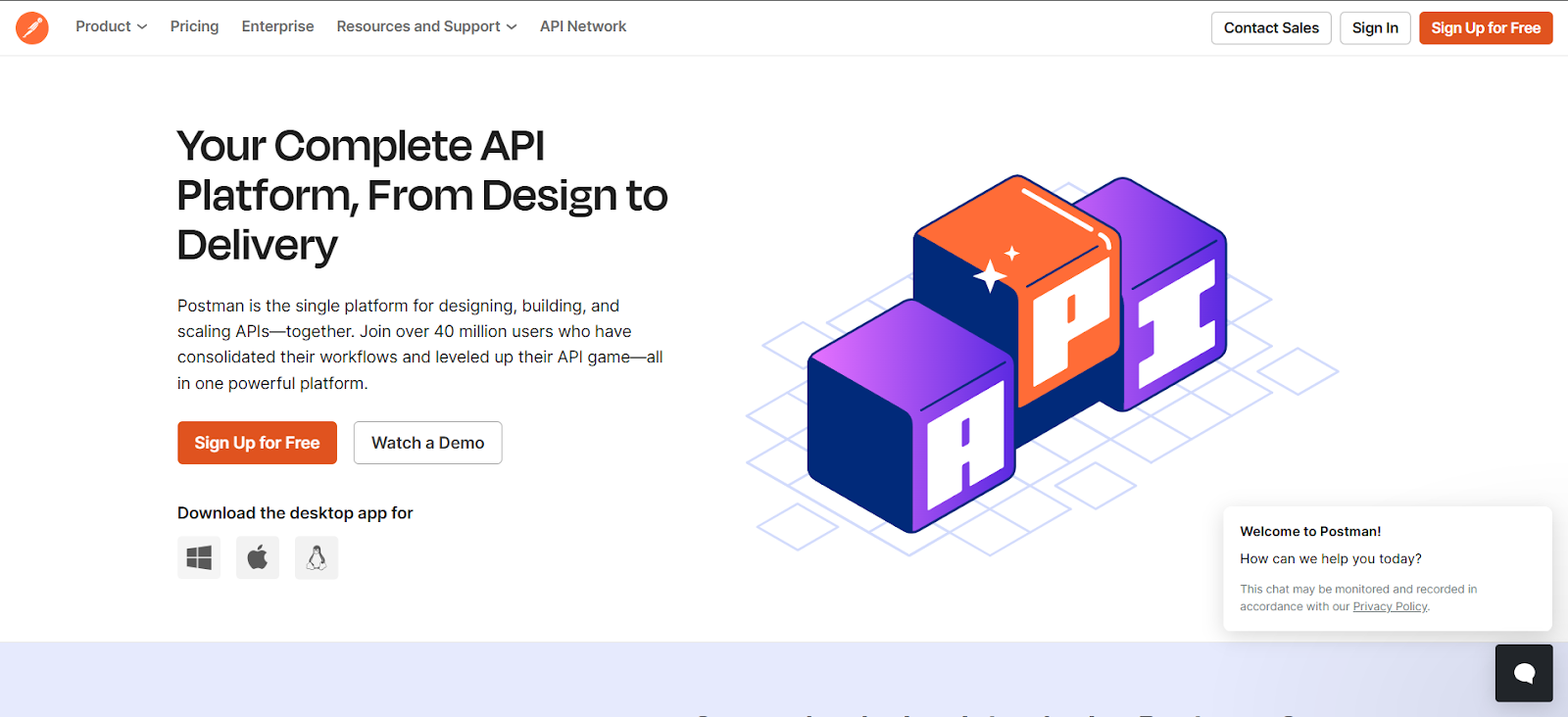
Postman is more than an API testing tool; it’s a platform that also supports API documentation. With Postman, you can automatically generate documentation as you build and test your API collections. This documentation includes sample requests and descriptions, all of which are kept in sync with your actual API calls.
The best part is the interactive nature of Postman’s documentation. Developers can explore endpoints and run live requests. This way, developers can see immediate responses, all from the web interface. Hence, this makes onboarding easier and helps ensure accuracy. Furthermore, Postman also supports versioning and environment specific documentation.
Related Guide: Testing APIs with Postman: Step-by-Step Guide
Swagger
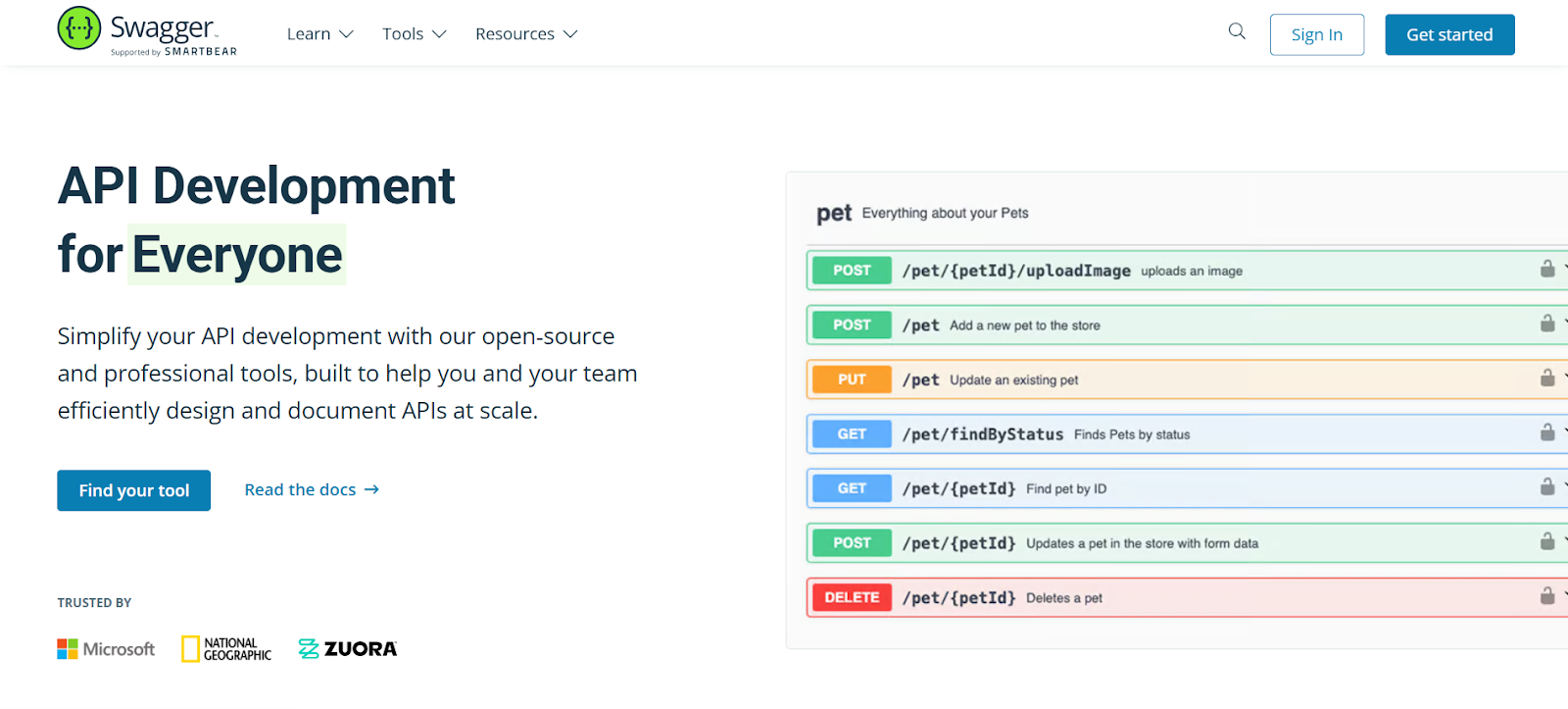
Swagger is the gold standard for documenting RESTful APIs. With Swagger, you can describe your API in a YAML or JSON format, which can then be rendered using tools like Swagger UI or SwaggerHub into fully interactive, web based documentation.
Moreover, Swagger UI lets users visualize and interact with your API’s endpoints directly in the browser. Hence, this makes it incredibly useful for testing and the demonstration process.
Treblle
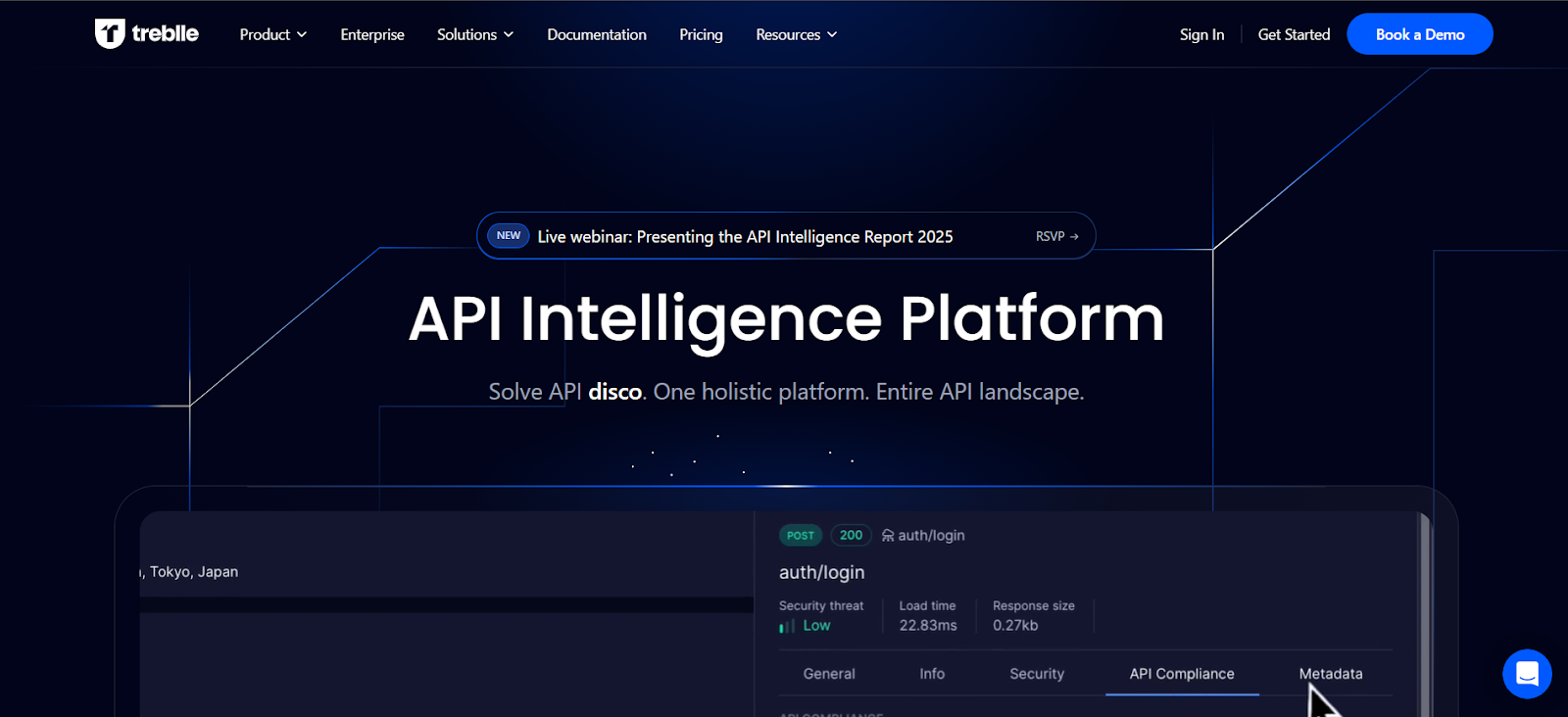
Treblle is quickly gaining traction thanks to its real time API observability features combined with automatic documentation generation. It integrates directly with your API to capture traffic and performance metrics. Moreover, Treblle then generates live documentation based on real usage data.
What sets Treblle apart is that it keeps your documentation fresh and reflects real world behaviors, including request parameters and even error logs.
Redocly
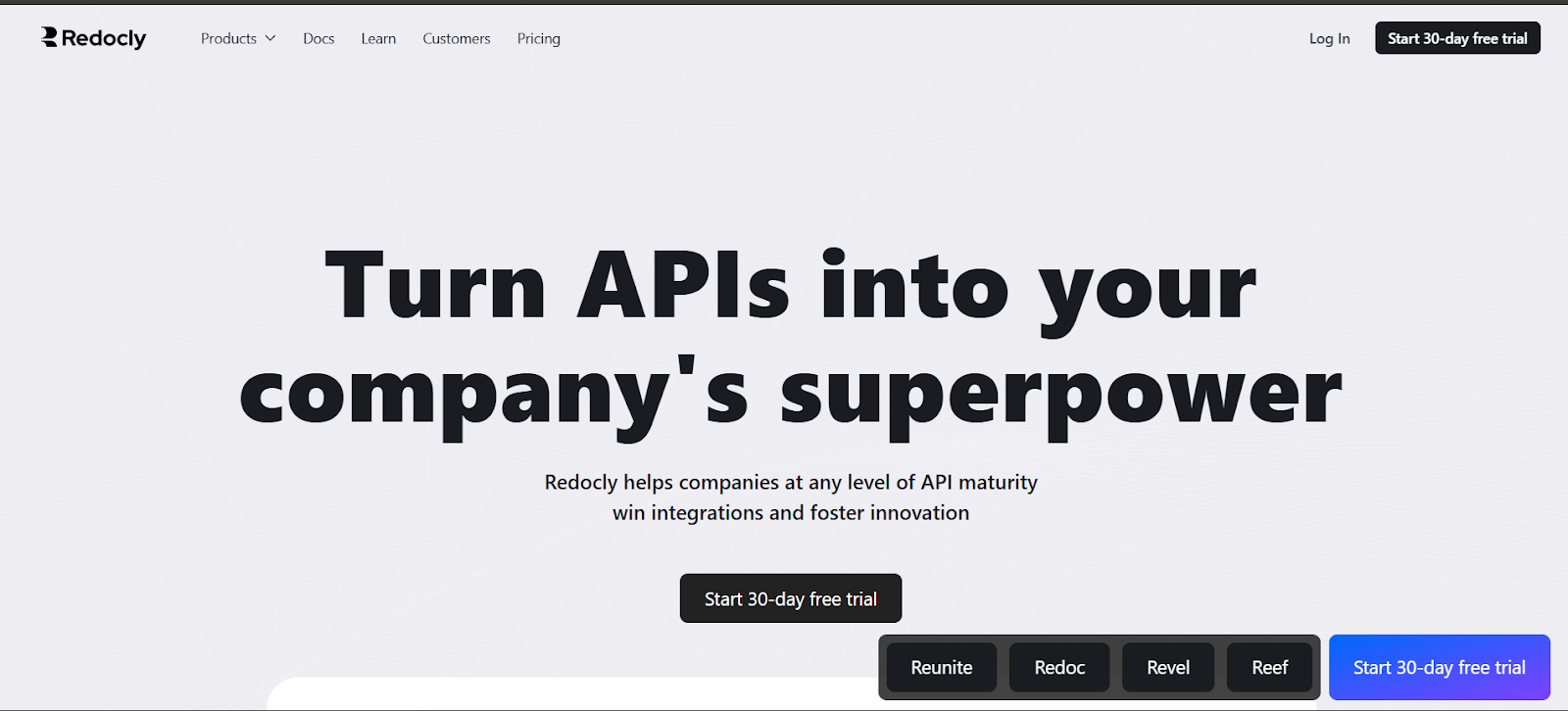
Redocly builds upon the OpenAPI spec to create clean and customizable API documentation. Redoc, its flagship product, is an open-source React-based tool for rendering OpenAPI docs, while Redocly offers an enhanced commercial platform with version control and developer portals.
Redocly supports custom branding and search functionality. Furthermore, it also supports multi language documentation. It’s ideal for teams who want to combine open source flexibility with enterprise level features and maintain a consistent developer facing brand.
Stoplight
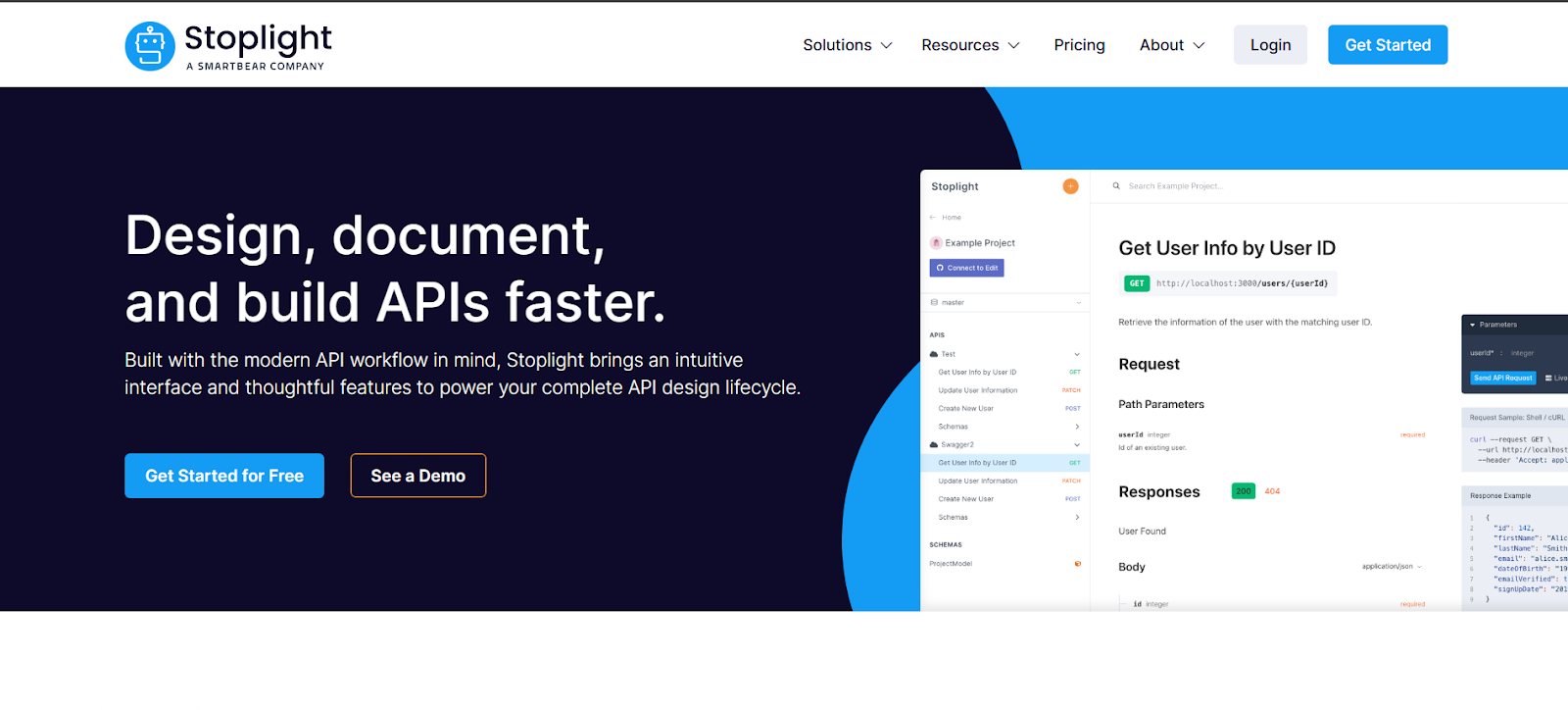
Stoplight offers a complete API design and documentation suite. Moreover, its visual editor lets you build APIs using a drag and drop interface while adhering to the OpenAPI specification. This makes it friendly for non developers and helpful for teams working on API first design strategies.
Moreover, Stoplight also includes hosted documentation through its Elements feature. It enables teams to collaborate on API design and docs simultaneously, reducing friction and boosting alignment between frontend and backend teams.
ReadMe

ReadMe is designed with the developer experience in mind. It allows you to create attractive and responsive API documentation sites with minimal effort. Moreover, ReadMe supports dynamic content based on user context, meaning developers can get tailored examples and keys based on their account.
The platform also includes a built in API explorer and analytics to monitor how your docs are being used. ReadMe is ideal for public APIs and SaaS platforms that need branded developer portals to drive adoption and engagement.
Document360
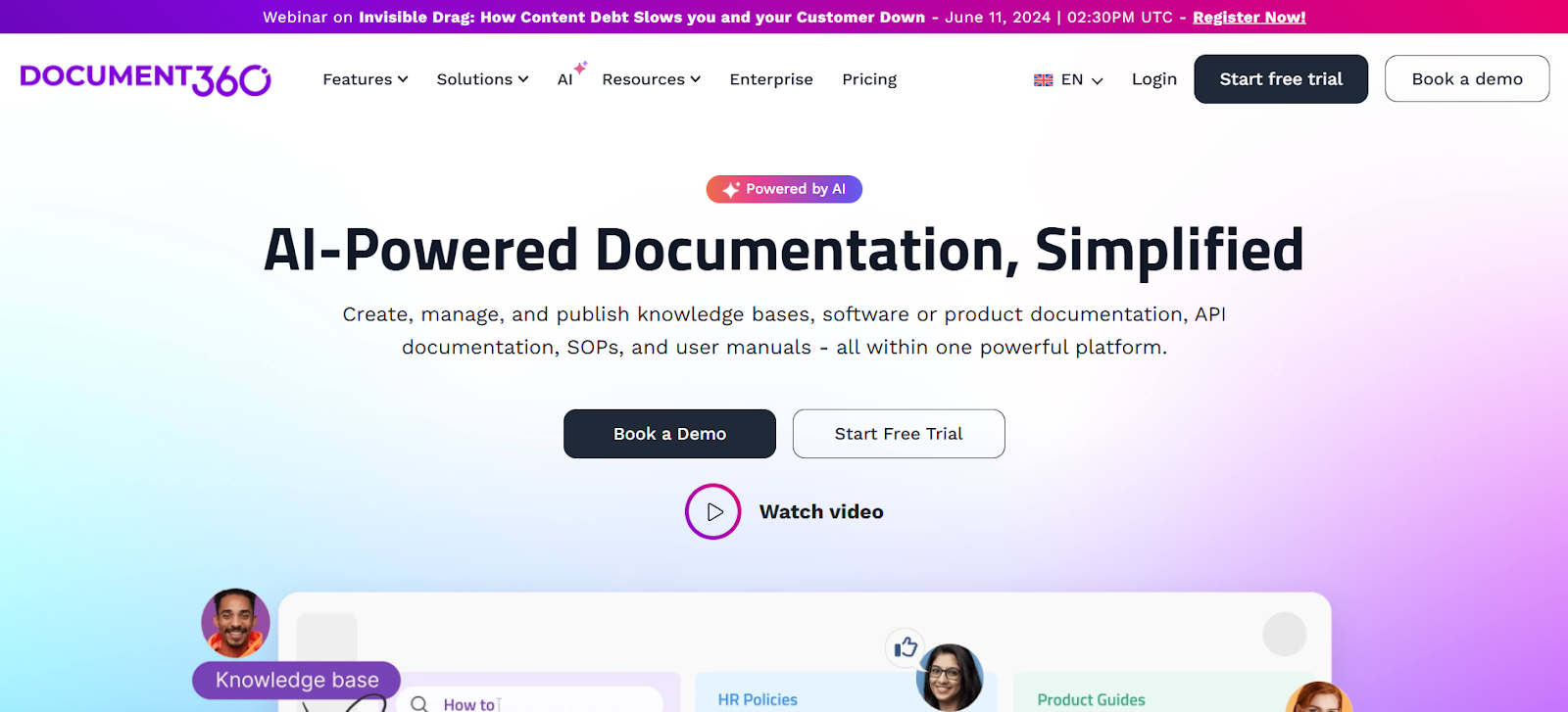
Document360 is a knowledge base and documentation platform that’s great for both API and general technical documentation. While it’s not API specific like Swagger, Document360 shines in its ability to organize large volumes of content and manage permissions.
It’s particularly useful if you are creating a developer hub that includes API docs and internal guides all in one place. Document360 also includes version control and an excellent search engine.
GitBook
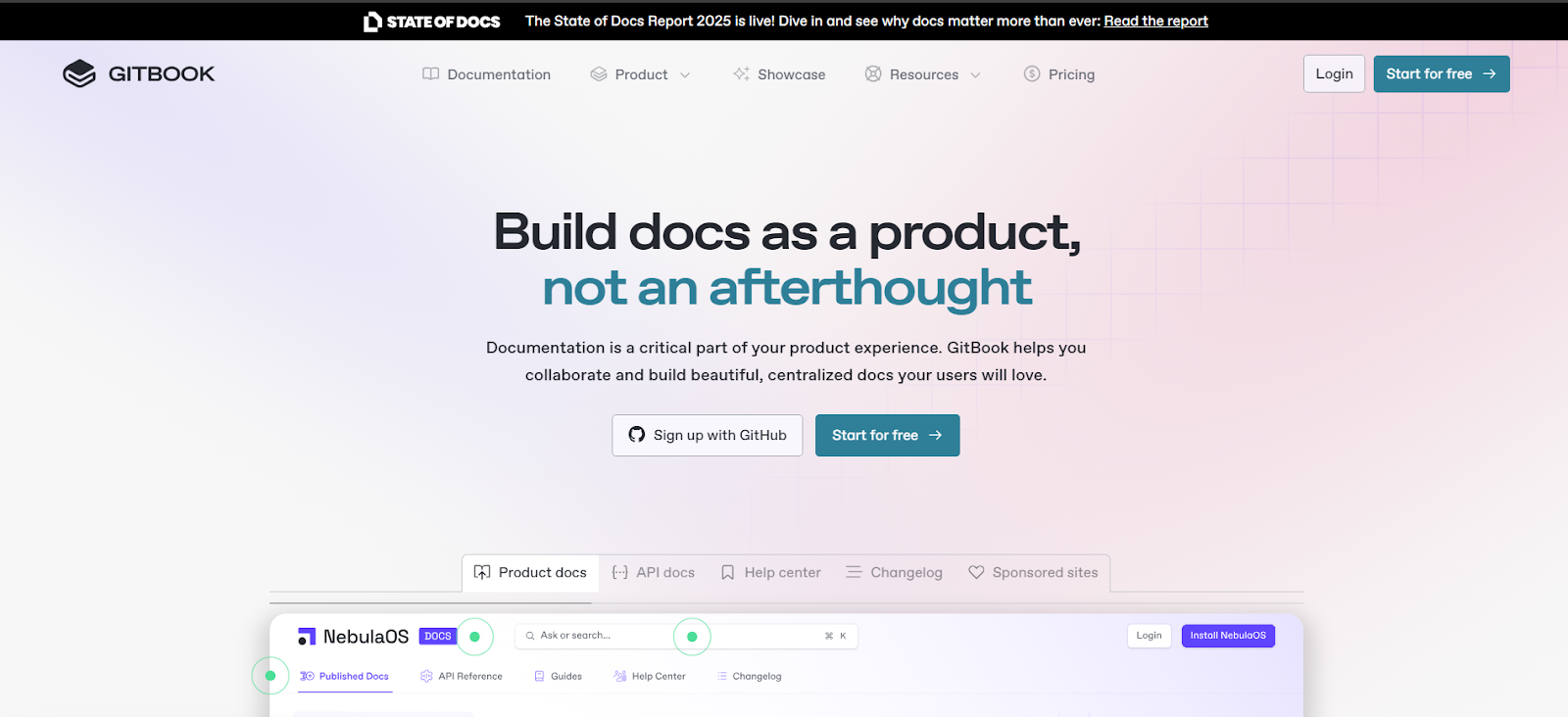
GitBook is a modern documentation platform built around simplicity and collaboration. It supports Markdown and integrates well with Git workflows. Hence, this makes it perfect for teams who want a clean and efficient way to publish API documentation alongside code.
Although GitBook doesn’t provide built in API exploration features like ReadMe, it excels at hosting structured and well organized content.
apiDOC
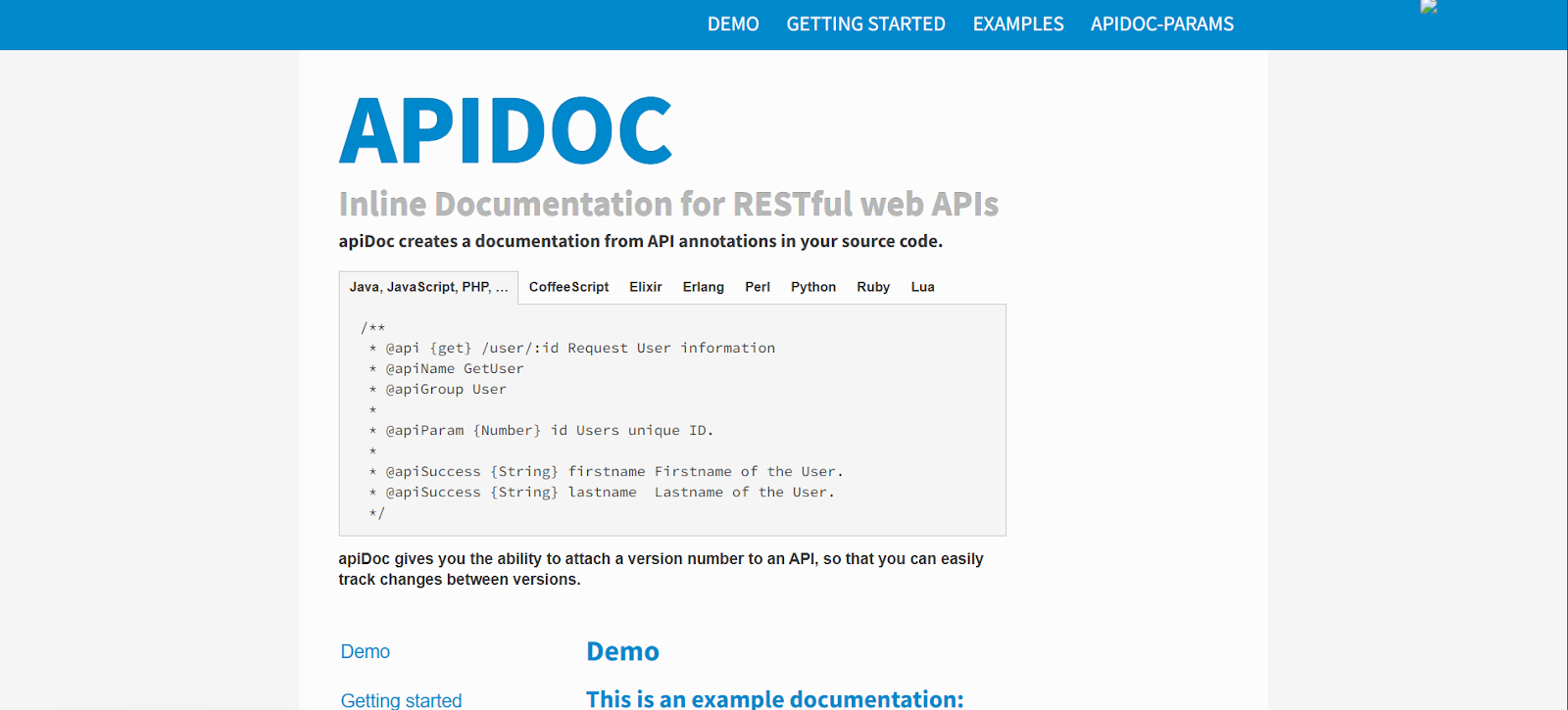
apiDOC is an inline documentation generator that lets you write documentation directly in your code using special comments. It then parses your codebase to generate clean and static HTML documentation pages.
This tool is particularly useful for small teams or solo developers who want an automated solution without introducing too much overhead. apiDoc supports RESTful APIs. Therefore, you can include custom parameters and authentication details.
DapperDox

DapperDox is another open source documentation tool designed for APIs that follow the OpenAPI specification. Moreover, DapperDox stands out because of its ability to combine traditional API reference documentation with rich and narrative content.
Furthermore, DapperDox supports multiple OpenAPI specs in one UI. Hence, this makes it an excellent choice for projects with a microservices architecture or organizations managing several APIs simultaneously. Also, you can easily link related documentation together and include markdown based content alongside auto generated endpoint references.
Final Words
API documentation is essential for seamless integration and long term project success. Also, with the right tools, you can create clear and interactive documentation. Furthermore, prioritizing great documentation not only improves usability but also enhances your API’s reputation and accelerates development across teams.

